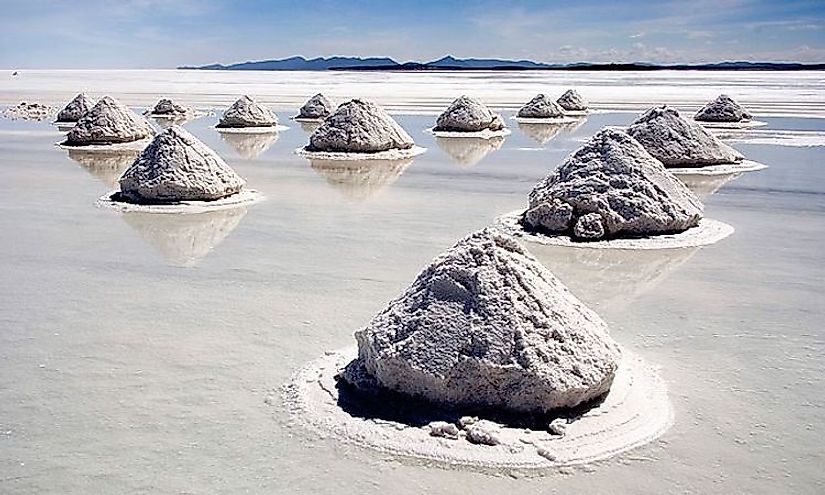What Is A Playa Lake?

What Is A Playa Lake?
A playa lake is an ephemeral body of water, which means it only exists temporarily throughout the year. In other words, a playa lake only contains water occasionally. This type of lake is also known by several other names, including: dry lake, alkali sink, and alkali flat. These last two names are derived from the physical characteristics of the playa lake bed: covered in fine-grain sediment with a high alkali salt content. Additionally, playa lakes may be very large in surface, but shallow in depth. This shallowness causes the water in the lake to evaporate easily. Because of the high salt content, a layer of salt is left behind when the lake dries up. This hard, rough, and salt-covered surface is referred to as a saltpan.
These lakes can most often be found in arid and semi-arid climates. The area of the southern High Plains of Texas and New Mexico in the US is home to a concentration of around 22,000 lakes, the largest number in the world. The Salar de Uyuni in Bolivia is the largest playa lake in the world with an area of 4,085 square miles.
How Is A Playa Lake Formed?
Playa lakes are created when water finds its way into a depression, creating the lake. The lake dries up again when the evaporation rate is faster than the incoming water. Each time the water evaporates completely, it leaves behind a layer of salt. The salt builds up over time and the dry playa lake bottom becomes encrusted with salt.
Wildlife Near Playa Lakes
Because playa lakes are typically found in arid and semi-arid locations, plant life near the lakes is often scarce. Sometimes, salt-tolerant plants like shadscale and salt brush survive around the edges of the lake. Animal life, however, is more common in playa lakes. Several rare species survive in the playa lakes of Nevada, Idaho, and Utah in the US, for example. One such animal is the giant fairy shrimp, discovered in 2006. This species grows to 3.4 inches in length and lays eggs that can remain dry for years before hatching.
When playa lakes are filled with water, they are often the only water source available to animals for miles around. Due to this, large mammals like antelope and deer come to the lakes for water, taking advantage of the scarce plant life for food as well.
The ecology of playa lakes is threatened by several factors, including pollution and overgrazing. The principal sources of pollution are nearby animal feed lots, which produce a significant amount of animal waste, pesticides, and fertilizer. These pollutants then run into the playa lake, threatening native wildlife. In the US, these lakes may be eligible for protection under the Conservation Reserve Program of 2002 as isolated wetlands.
Humans And Playa Lakes
Playa lakes are also important for humans. In many areas around the world, for example, playa lakes are utilized as salt collection sites. Additionally, brine from these lakes is harvested for the variety of minerals found in the solution.
Another popular use for playa lakes is as a spot for breaking land speed records. The flat surface area is ideal for bicycles and motor vehicles to perform without nearby obstacles. Additionally, large playa lakes may be used air bases, as seen at Groom Lake of Area 51 in Nevada and Edward’s Air Force Base in California.







